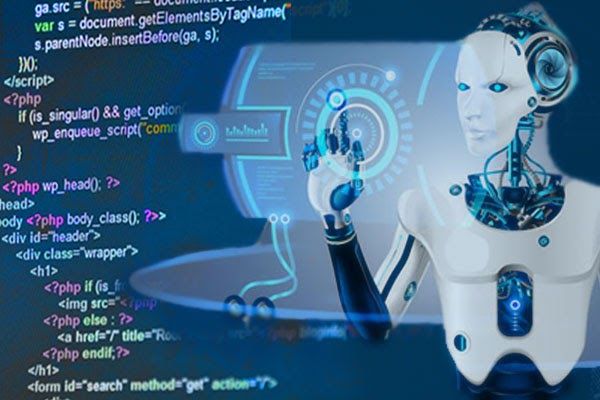
The View from Above
I left off yesterday with just getting into Colt Steele's web development course. I had just realized I was really struggling to learn in the format that The Odin Project presented, and I wanted to try something different. I had heard from multiple sources that this course was a great starting point, so I decided to jump right in. The first few sections were on HTML and CSS, which I had already gotten a good basis for in TOP's curriculum. We made some awesome little projects in these sections, and I started getting a really good understanding of the whole process of development. I was able to use a live server to display these sites on a localhost, and I was having a lot of fun learning this stuff. The next section started with JavaScript. I was nervous because I had so much trouble with it in TOP, but that made me focus even harder. I fervently took notes on everything we covered. We made a few more projects, but I still didn't have any clue what I was doing in JS-land. I had a better understanding, but I had a long way to go. I think I came into coding thinking I could learn a language in a month or so, when in reality, people like Kyle Simpson have spent decades learning JS and are still learning new things.

I kept moving on. At this point, I really had no understanding of the backend. We started going into NodeJS with Express, and the code just looked so alien to me. I kept coding along, and we introduced MongoDB into the mix. None of it was easy, and I understood very little of it. Despite that, I was gaining a really good understanding of the entire process of web development. I was starting to understand the relationship between the frontend and the backend, and I was getting introduced to the wide ecosystem of JavaScript and web development. It was a little overwhelming, but it was also eye-opening. I started making lists of all the things I needed to learn, and the list was long. Some of the things on this list, I've completely ignored and will probably never learn them, but at the time, I thought I had to learn everything. I thought that was possible, which is absurd. There are a lot of paths you can take in software development, but nobody learns everything. You have frontend developers who never work on the backend and vice versa. There are very few people, in my opinion, that can truly call themselves full-stack developers without any of the areas of their stack being weak. There is usually one part of the stack they are better at, and they may just be proficient in the other areas.

By the end of this course, I had amassed quite a few projects I was proud to have completed. I remember really struggling with a few of them, creating errors that took hours to find the source. Nowadays, I could find those errors in a few minutes, but that's really one of the most important parts of the whole process: finding those blocks and working through them. When you're coding along with courses, you hit less of those blocks, which is a downside, but you also get to build some stuff you wouldn't otherwise be able to, which is a huge boost of motivation. This course took about a month to complete, putting me at about the beginning of July. At this point, I didn't know what I would do next. I was hesitant to purchase any more courses, thinking I could still learn this stuff for free. I started getting on Youtube and amassed a collection of videos and tutorials I wanted to watch. I started creating projects through these Youtube tutorials, some with frameworks I knew absolutely nothing about. I created several projects with Vue and several with React, without actually knowing anything about these frameworks. I never read the documentation, nor would I have understood it if I did. I just wanted to create some projects to display on my portfolio, which didn't yet exist. My goals, at that point, were to start creating my brand to get myself out there. Thus, the blog was born. In the next installment, I'll discuss how I got started with the blog, with my first portfolio, and with #100DaysOfCode.
Until tomorrow!

